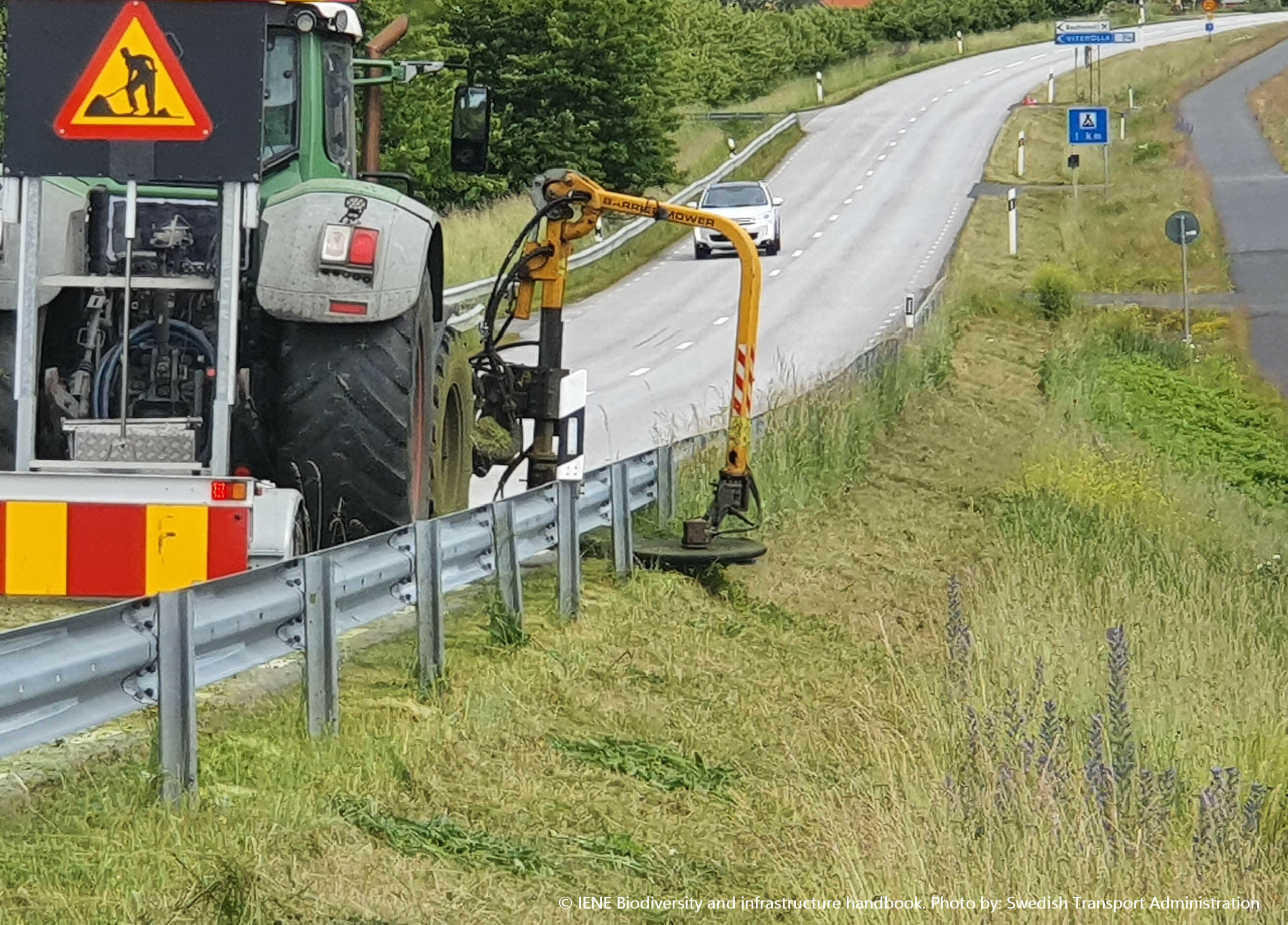Overview
Developing appropriate maintenance of ecological assets to guarantee the long-term performance of wildlife mitigation measures and provide appropriate management of habitats related to transport infrastructure is critical achieving positive biodiversity outcomes.
Maintenance activities should be designed to be adopted and implemented by transport infrastructure operators with the objective of optimizing traffic safety while at the same time enhancing benefits for biodiversity and its advantages to society.
Main messages
- Ecological assets in transportation infrastructure comprise of all the elements aimed at reducing wildlife hazards including traffic safety, the mitigation of negative impacts on nature, and the enhancement of biodiversity in areas associated with transportation networks.
- Ecological assets can be divided into: i) Wildlife mitigation measures: aimed to reduce Animal-Vehicle Collisions (AVC) risk, preserve ecological connectivity, and reduce disturbances caused by traffic to adjacent ecosystems. Main elements included are wildlife fences and screens, wildlife passages and wildlife warning signs; ii) Habitats related to transportation infrastructure (HTI) hosting wild flora and fauna. Main elements included are verges and other green areas, ponds, and other drainage elements (aquatic habitats).
- By undertaking appropriate maintenance of ecological assets, infrastructure operators optimize investment in traffic safety, which in turn contributes to enhanced benefits for biodiversity and human welfare.
- Neglecting maintenance aspects in infrastructure design and construction may compromise the functionality of ecological mitigation during the operation phase and increase hazards to traffic safety. It may also lead to damage to protected species and sites.
- Operation and maintenance contracts are key tools to guarantee good practice. A detailed description of ecological asset maintenance SMART objectives (Specific, Measurable, Achievable, Relevant and Time-bound), standards and Key Performance Indicators (KPI) along with inclusion of suitable ecological capability within the maintenance team are requirements that should significantly improve practice.
Actions to take
- Follow a PDCA (Plan-Do-Check-Act) approach to develop, implement, and improve maintenance strategies for ecological assets including the application of Nature-based Solutions (NbS). Taking an adaptive approach in ecological asset maintenance is particularly important due to temporal variation in species and ecosystems and increasing extreme events related to climate change.
- Develop an ecological assets maintenance plan following these seven key phases: 1) Define elements to be maintained; 2) Compile and organize information; 3) Draft maintenance plan; 4) Apply a cooperative approach; 5) Train technical staff and field crews; 6) Monitor, evaluate and report performance; 7) Adapt maintenance according to monitoring and evaluation results.
- Maintenance practice for each ecological asset should be developed following the guidelines included in maintenance plans. This includes creating a detailed inventory of elements to be maintained, clearly scheduling inspection and maintenance tasks, setting standards to be met, establishing and applying procedures to manage conflicts or deviation from standards, carrying out training of maintenance staff, monitoring and evaluating results, and modifying the maintenance plan to apply corrective measures.
- Use maintenance tasks sheet to manage every ecological asset identified in the plan to make sure the right inspection tasks are undertaken, specific maintenance tasks are completed, and the agreed schedule is being followed.
- Procedures and tools must be implemented which enable cooperation between transport infrastructure authorities and operators, environment, water and land authorities and regional and local stakeholders.
- Training technical staff and field crews about biodiversity and the results of monitoring and evaluation activities is critical for the improvement of practice of ecological asset maintenance.
- The application of corrective actions where deviations or conflicts are identified and innovative solutions which optimize cost-effectiveness are needed to achieve a continuous improvement and best practice.
